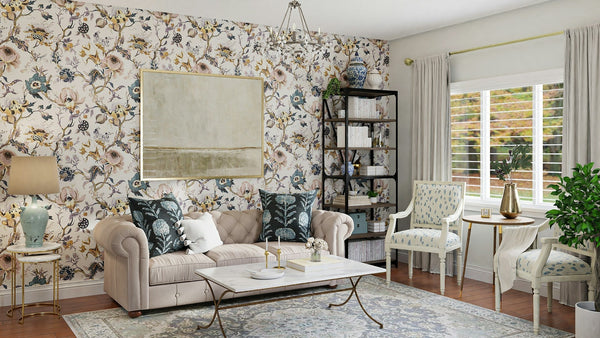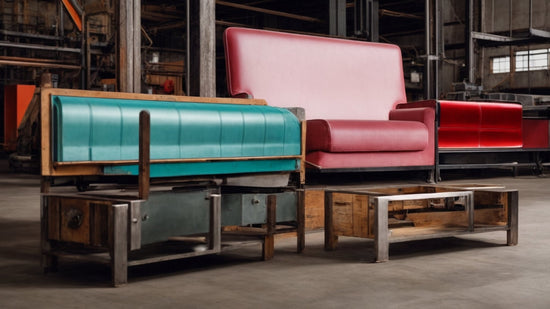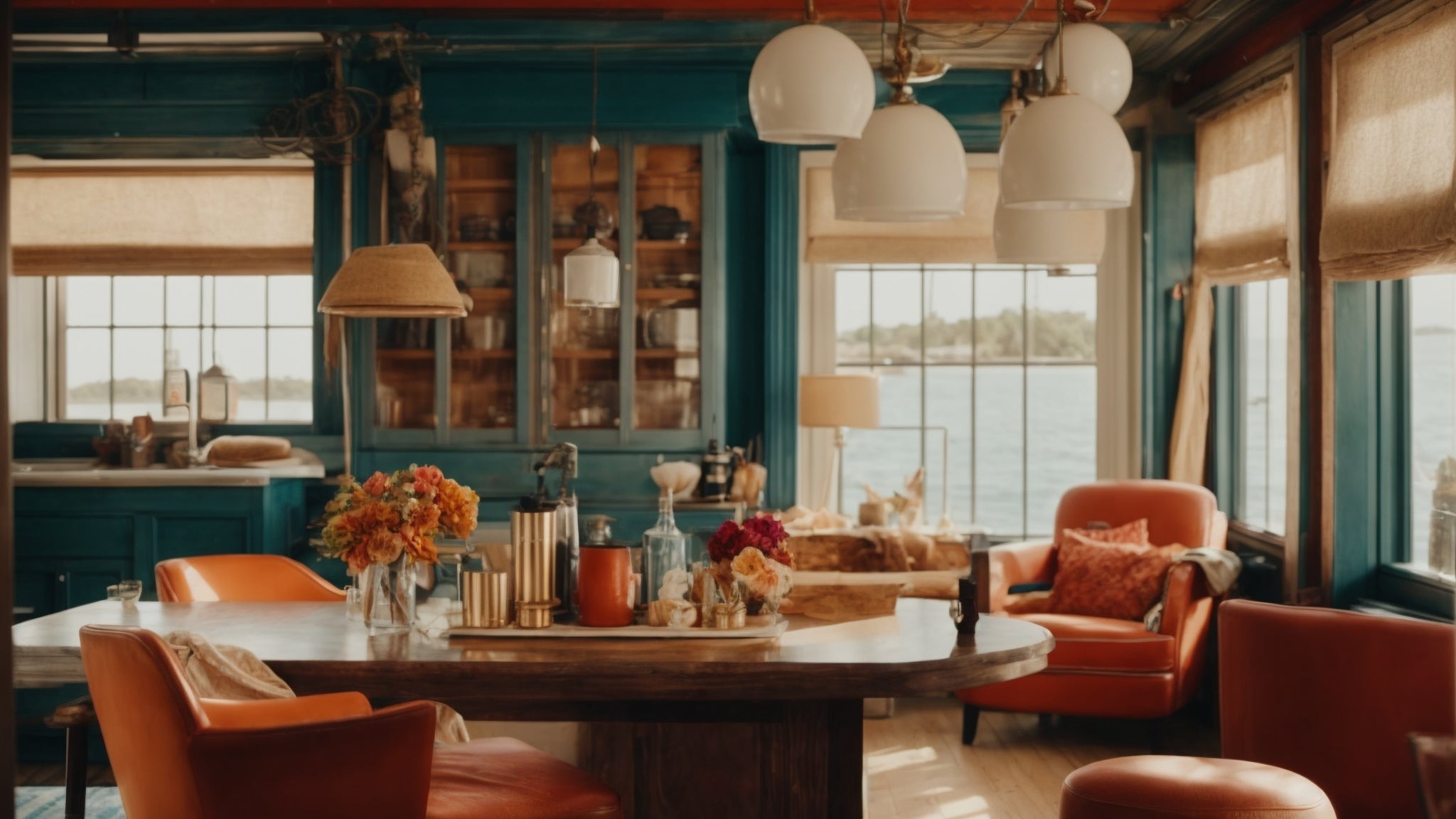Table of content
Exploring Different Interior Design Styles: A Beginner's Guide
Interior design is a fascinating field that encompasses a wide array of styles, each with its own unique characteristics and appeal. Whether you're looking to transform your living space or simply curious about the world of interior design, understanding different styles can provide valuable insights and inspiration. In this comprehensive guide, we'll explore various interior design styles to help you discover the one that resonates with your taste and preferences.
1. Introduction to Interior Design Styles
Interior design encompasses various styles that cater to different preferences and aesthetics. From minimalist and modern to traditional and eclectic, there's a style to suit every taste.
Minimalist Interior Design
Minimalism focuses on simplicity, functionality, and clean lines. It emphasizes the use of space and natural light, with a pared-down aesthetic that promotes calmness and clarity.
Modern Interior Design
Modern design is characterized by sleek lines, minimal ornamentation, and a focus on open spaces. It often incorporates innovative materials and technologies to create a contemporary look.
Traditional Interior Design
Traditional design draws inspiration from classic European decor, featuring elegant furnishings, rich colors, and intricate details. It exudes warmth and sophistication, with a timeless appeal that never goes out of style.
Eclectic Interior Design
Eclectic design is all about mixing and matching different styles, textures, and periods to create a unique and personalized space. It celebrates individuality and creativity, allowing you to express your personality through your decor choices.
2. Understanding Key Elements of Interior Design
To better understand interior design styles, it's essential to familiarize yourself with the key elements that define each style.
Color Palette
Color plays a crucial role in setting the tone and mood of a space. Different styles may favor certain color palettes, ranging from neutral and monochromatic to bold and vibrant.
Furniture and Layout
The type of furniture and its arrangement can significantly impact the overall look and feel of a room. Styles like minimalist and modern often feature clean-lined furniture with a focus on functionality, while traditional styles may incorporate ornate pieces with intricate detailing.
Textures and Materials
Textures and materials add depth and visual interest to a space. From smooth and polished surfaces to rough and natural textures, each style may prioritize different materials to achieve its desired aesthetic.
Lighting
Lighting plays a crucial role in interior design, enhancing the ambiance and functionality of a space. Styles like modern and minimalist may favor minimalist lighting fixtures with clean lines, while traditional styles may incorporate ornate chandeliers and sconces.
3. Exploring Popular Interior Design Styles
Now, let's dive deeper into some of the most popular interior design styles and explore their unique characteristics and features.
Scandinavian Interior Design
Scandinavian design emphasizes simplicity, functionality, and minimalism. It features clean lines, natural materials, and a neutral color palette, creating a warm and inviting atmosphere.
Industrial Interior Design
Industrial design draws inspiration from warehouses and factories, featuring raw materials like exposed brick, metal, and concrete. It often incorporates salvaged or repurposed items to create a rustic and urban look.
Bohemian Interior Design
Bohemian design is all about free-spirited creativity and self-expression. It embraces an eclectic mix of colors, patterns, and textures, creating a vibrant and laid-back atmosphere.
Coastal Interior Design
Coastal design is inspired by the beach and ocean, featuring soft colors, natural materials, and nautical elements. It evokes a sense of relaxation and tranquility, perfect for coastal homes or those seeking a seaside retreat.
4. Tips for Incorporating Different Styles Into Your Home
While each interior design style has its own unique characteristics, you can mix and match elements from different styles to create a personalized and cohesive look.
Start with a Neutral Base
When experimenting with different styles, start with a neutral base and add accents and accessories that reflect the desired aesthetic. This allows you to easily switch up the decor without making major changes.
Focus on Key Pieces
Invest in key pieces of furniture and decor that align with your chosen style. Whether it's a mid-century modern sofa or a vintage-inspired rug, these statement pieces can set the tone for the entire room.
Layer Textures and Patterns
To add depth and visual interest to your space, layer different textures and patterns. Mix smooth and rough textures, and experiment with bold patterns and prints to create a dynamic and visually appealing look.
Incorporate Personal Touches
Don't be afraid to incorporate personal touches and mementos into your decor. Whether it's family photos, travel souvenirs, or handmade artwork, these items can add warmth and personality to your space.
5. Conclusion
Exploring different interior design styles can be both exciting and enlightening. By understanding the key elements and characteristics of each style, you can create a living space that reflects your personality and enhances your quality of life. Whether you prefer the simplicity of minimalist design or the eclectic charm of bohemian decor, there's a style out there for everyone to enjoy.









